Today, let’s discuss a subject few writers talk about, yet it’s vitally important for creativity. I’m referring to inner peace. Without balance and harmony within us, doing any creative work becomes ten times more difficult. Fear, pressure, and stress cloud the mind. Silence the chaos and restore your center.
But how?
I’ll tell you a little secret. You already have the power within you. All you need to do is tap into it.
I rarely, if ever, expose personal struggles in public, but I’m hoping my story will help demonstrate my point. And maybe, you’re going through a similar period and will find comfort in knowing you’re not alone.
Without delving too deep into my personal life, I stood at a crossroad when I turned the age of my mother when she died, so I began the arduous journey of reflecting on my life. And tough questions emerged — If I died tomorrow, would I feel like I sold myself short? I answered yes. Did I take risks to ensure a happily ever after? No. I chose safety, security, and friendship over fulfillment, desire, and passion. I settled. And those were tough realizations for me.
Taking stock of one’s life isn’t an easy endeavor — it can be downright terrifying — but I do think it’s healthy and necessary from time to time. Personal growth doesn’t have an age limit, nor does happiness. Don’t let fear stop you. It’s NEVER too late to start over.
Anyway, there I stood, staring at the crossroad for a long while, weighing the pros and cons of each path. If I dared to choose the hard road, would I survive? A resounding yes bellowed from the heavens. What might be the repercussions of my decision? Those were a bit harder to accept, but I’ve lived long enough to know I shouldn’t have to forfeit anything to keep the peace. No one should.
And so, I headed down the hard road. My heart and soul wouldn’t allow me to choose otherwise.
Though I knew I made the right decision, uncertainty lingered about what the future might hold. I was alone for the first time in almost three decades. I knew where I wanted to end up, which was half the battle, but I wasn’t sure how to get there.
While I winded down the road rife with challenges, complications, and obstacles, I kept telling myself life would iron out the wrinkles on its own, that time was the great equalizer.
Turns out, I gave myself solid advice. One year later, I’m now in the final stages of buying my own home, complete with a barn, plenty of land for privacy, and a ready-made spot for an above-ground pool (I’ve always wanted a pool). Sunlight cascades through French doors, sliders, and oversized windows. The town exudes the feel of deep country, yet it’s close enough to civilization so grocery shopping doesn’t eat up an entire day. It’s perfect! Closing is in two weeks… just in time for the holidays. 😀
This past year wasn’t easy. Far from it. Moving twice in one year also sucks. This too shall pass. I’ll soon be in my forever home.
My point is, stress isn’t healthy for anyone. For writers, mental fatigue can stifle creativity. And sure enough, my ability to create took a massive hit. I could edit and rewrite without issue, but my well of new ideas almost ran dry.
As someone who rarely took more than one or two days off in a row, not creating affected my mood, which led to not wanting to market my books or socialize online. Hence my spotty appearance on social media and in the comment section of blogs.
Even now, I’m often the last person to comment… sometimes days later. I’ve learned to be kind to myself. The real world offers me so much happiness and wonder, the virtual world has taken a backseat. Once I complete my move, I’ll get back to my regular routine. It’s a must.
As a double Libra (sun and moon), I crave balance and harmony. It’s at the core of who I am as a person.
While I was still trying to adjust to my new life, one day I stopped — blocked out everything and everyone — and sat in silence, with nothing but the sweet song of serenity from the Natural World. After several deep breaths, I tapped into the power of healing energy within me.
I remembered who I am — a freakin’ warrior, with an unquenchable zest for life, who has survived and thrived and would never settle for mediocre — and a weight lifted. I could breathe again without feeling like I was suffocating. Or drowning in a sea of “good enough.”
It’s amazing what the simple act of intentional breathing can do for inner peace. We’ve talked about it before. The “Relaxation Response” (RR) is a physiological and psychological state opposite to the fight-or-flight response. RR therapy includes meditation, yoga, and repetitive prayer, and has been practiced for thousands of years. These stress-reducing practices counteract the adverse clinical effect of stress in disorders like hypertension, anxiety, insomnia, and aging.
Research on the underlying molecular mechanisms of why it works remained undetermined until a 2017 study unearthed a fascinating discovery. Both short-term and long-term practitioners of meditation, yoga, and repetitive prayer showed “enhanced expression of genes associated with energy metabolism, mitochondrial function…” and more efficient insulin secretion, which helps with blood sugar management. Relaxation Response also reduces the expression of genes linked to inflammatory responses and stress-related pathways. In simpler terms, controlled breathing helps boost the immune system and improves energy metabolism.
Good brain health and inner peace increases creativity. Creativity fuels inspiration. Inspiration ups the word count.
I want to share an amazing deep breathing exercise to unlock the power within you. The best part? It really works!
Set the first two fingers of your right hand between your eyebrows. With your thumb, block your right nostril. Inhale through your left nostril. Pause. Release your thumb and block your left nostril with your ring finger. And exhale. Pause at the end. Inhale through your left nostril. Pause. Exhale out your right nostril. Repeat this cycle of alternating nostrils several more times (your call on how many).
When you exhale out your right nostril for the last time, lower your hand. Inhale a deep cleansing breath through both nostrils. Pause. Exhale out the mouth. This resets your normal breathing pattern.
If you’d prefer to learn this technique through guided meditation, find the video here.
With your eyes still closed, focus on your environment. Let sounds come to you. Don’t strain to chase them. If outside thoughts spring to mind, visualize setting them on a cloud and let them drift away. Stay in the moment. This exercise helps you regain focus.
What do you hear? Communication surrounds you. The Natural World is rarely silent, even in the city. Is the wind whispering? Trees vibrating? Birds singing? Chipmunks chattering? Is the friendly neighborhood crow calling to you? Or is he speaking to a family member? Stay in the moment and relax awhile.
A friend wrote an excellent series about self-care. The gist is to put yourself first for a change. The WIP, household chores, or that deadline can wait a few minutes. Inner peace is important. And you’ll be even more productive if you take good care of yourself, physically and mentally.
If you tried the deep breathing exercise, you might’ve noticed you had to concentrate on alternating your nostrils to maintain the rhythm. Afterward, when you focused on your environment and let intrusive thoughts float away on clouds, you triggered the brain again while maintaining a nice ’n easy breathing pattern.
Anytime we focus the brain while staying cognizant of the natural rhythms of our organs, we unleash the healing energy within us, from which a fountain of creativity flows. If you struggle to find the elusive “zone” while writing, or you have limited time to write, do this exercise before you begin. You’ll reach flow state easier and quicker.
Do you meditate? Engage in deep breathing exercises? What other techniques do you use to declutter the mind?


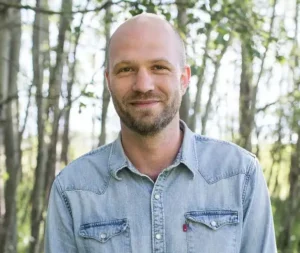
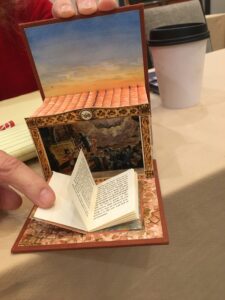
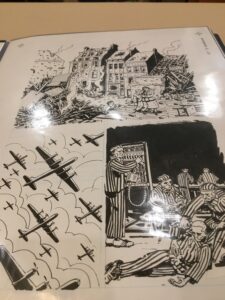 He describes his meticulous research, which includes near-microscopic study of photos and original documents to ensure every detail is accurate, down to the cabin measurements in Apollo 11. He used Kodachrome photos from the 1960s for the color palette as well as to capture clothing, hairstyles, appliances, and objects from everyday life in 1969.
He describes his meticulous research, which includes near-microscopic study of photos and original documents to ensure every detail is accurate, down to the cabin measurements in Apollo 11. He used Kodachrome photos from the 1960s for the color palette as well as to capture clothing, hairstyles, appliances, and objects from everyday life in 1969.


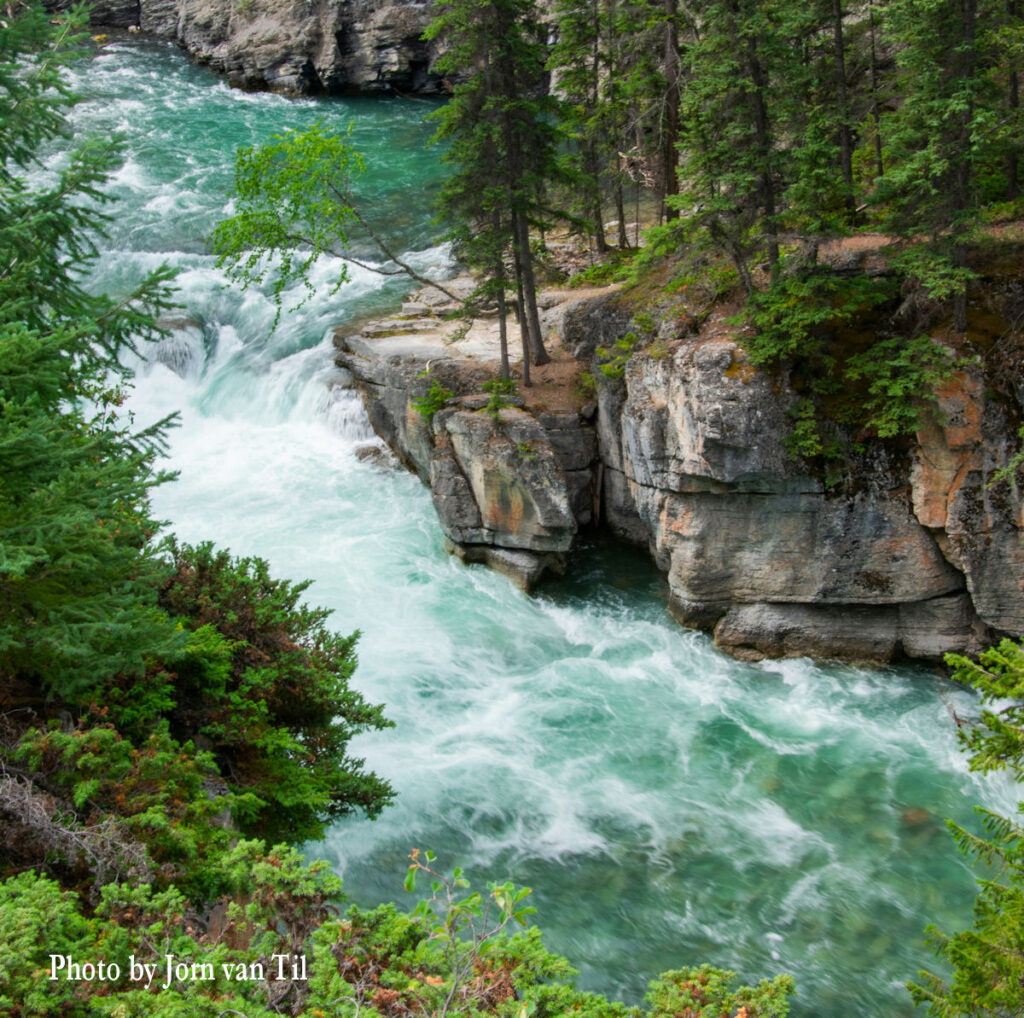

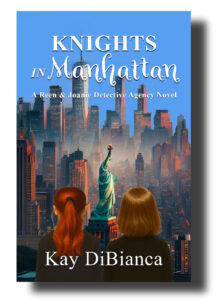
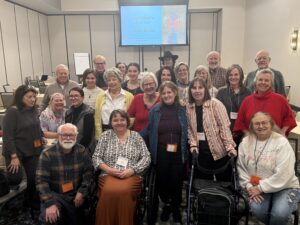
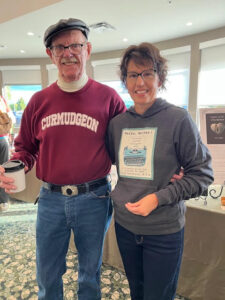
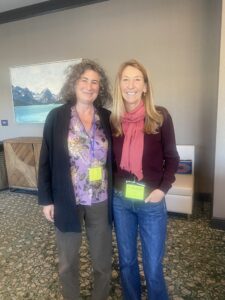
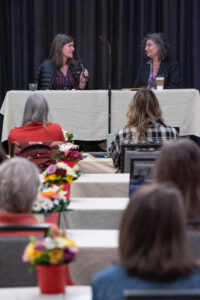
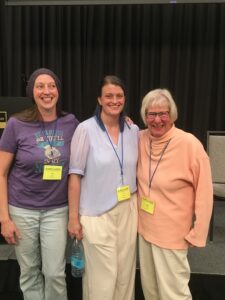
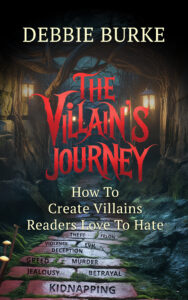
 Raptors are some of the most successful predators on the planet. From owls, eagles, and vultures to hawks, falcons, and other birds of prey, raptors are skilled hunters with incredible senses,
Raptors are some of the most successful predators on the planet. From owls, eagles, and vultures to hawks, falcons, and other birds of prey, raptors are skilled hunters with incredible senses, 

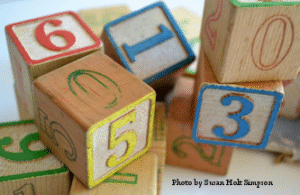
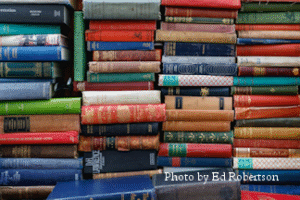


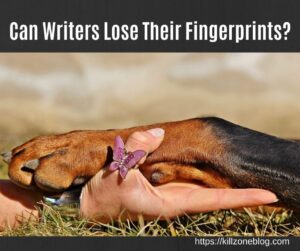


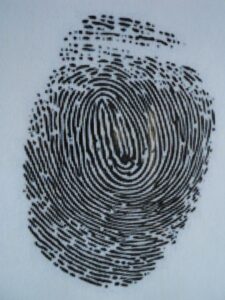 If, say, someone sliced the tip of their finger with a knife, it may leave behind a scar. But then, their fingerprint would be even more distinguishable because of that scar.
If, say, someone sliced the tip of their finger with a knife, it may leave behind a scar. But then, their fingerprint would be even more distinguishable because of that scar. No. Twins do not have identical fingerprints. Our prints are as unique as snowflakes. Actually, we have a 1 in 64 billion chance of having the same fingerprints as someone else.
No. Twins do not have identical fingerprints. Our prints are as unique as snowflakes. Actually, we have a 1 in 64 billion chance of having the same fingerprints as someone else. Losing one’s prints can cause issues with crossing international borders and even logging on to certain computer systems.
Losing one’s prints can cause issues with crossing international borders and even logging on to certain computer systems.
